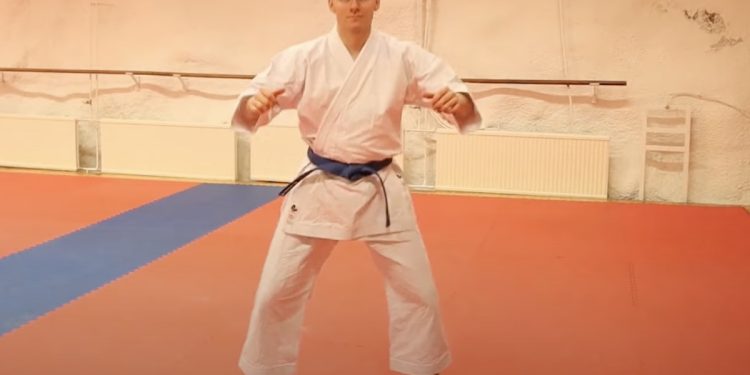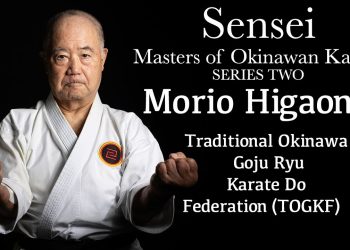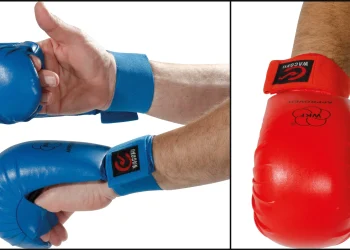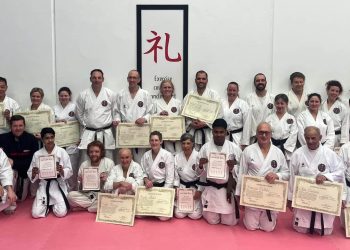Karate—an art, a discipline, a journey of both mind and body. But along with the hours spent mastering kata and kumite, there’s another thread that weaves the karateka’s experience together: the karate uniform, universally known as the **gi**. You ever wondered why it’s called a gi, or how it connects practitioners from all corners of the globe? Sit tight as we unravel the essence of the gi, not just as a uniform but as a representation of tradition, respect, and functionality.
The Gi: More Than Just a Uniform
For the uninitiated, the **karate gi** might simply appear as white cotton clothing. But to those who wear it, the gi holds deep cultural significance. Why do martial artists treat their gi with such reverence? This attire represents tradition, discipline, and unity. Every crease and fold tells a story of long-established customs. As you might guess, its significance isn’t just about style; it’s about history and pride.
A Journey Through Time: The Evolution of the Gi
While the gi in its modern form is largely attributed to Judo’s founder, Jigoro Kano, its origins run deeper into Japanese martial culture. Derived from the kimono, the ubiquitous Japanese attire, the gi evolved to suit the rigors of martial arts. Initially, these uniforms were robust, often more intricate, becoming simpler and more efficient over time. This wasn’t mere fashion; it was adaptability born out of necessity.
Did you know? The traditional gi is predominantly white for a reason. The white color symbolizes purity and a fresh start, aligning with the martial ethos of constant self-improvement.
Breaking Down the Gi: Its Components and Fabric
A typical gi comprises three parts: the kimono-style jacket, the drawstring pants, and a belt or obi. Each part is a critical component, contributing to both freedom and restriction of movement. The choice of fabric isn’t just about comfort; it’s pivotal in allowing the karateka to perform diverse techniques without hindrance. The cotton material is thick enough to withstand the demands of combat practice yet breathable to ensure comfort.
| Part of the Gi | Japanese Name | Purpose |
|---|---|---|
| Jacket | Uwagi | Protection and modesty |
| Pants | Zubon | Freedom of movement |
| Belt | Obi | Rank indication and securing the jacket |
Quick tip: It’s essential to choose the right size gi; a well-fitted gi can enhance performance while a poorly fitted one can become a distraction.
The Belt System: Recognizing Rank and Progress
The belt, or “obi,” might be the most recognized component of the gi, symbolizing mastery levels. This isn’t just about aesthetics—it’s a clear representation of one’s dedication. The color progression from white to black is a journey of knowledge and growth, a visual testament to the hours of practice and discipline.
Wearing Your Gi: A Respectful Art
So, how does one wear a gi with respect? Karate etiquette goes beyond just donning the attire. It’s about maintaining neatness, showing respect for your martial art, and those around you. The intricacies of folding a gi, tying the obi, and ensuring cleanliness all speak to a holistic approach to martial arts.
Style Variations: Different Types of Gis
While consistency is key in traditional martial arts, there’s room for slight variations. Different martial arts, like Judo, Aikido, and Tae Kwon Do, have variations on the gi suited to their specific movements and contact levels. The karate gi is typically lighter than others, allowing for more agility. They may all start white, but each has its distinct design tailored to function and tradition.
Biographical Note: Funakoshi Gichin, the founder of Shotokan Karate, played a pivotal role in adapting the karate gi to what most martial artists know it as today.

Caring For Your Gi: Maintenance Tips
Like any beloved attire, caring for a gi prolongs its life and maintains its quality. Consistent washing, proper drying, and avoiding the harsh sun can help keep your gi in optimal condition. And, because the gi is a symbol of respect, maintaining it well also shows respect to your practice.
FAQ: Unraveling Common Queries
Why do karate practitioners wear a gi? The gi is worn not only as traditional attire but also because it’s designed to endure the physical demands of karate training.
Is the gi the same for all martial arts? No, each martial art has variations of the gi based on its specific needs and movements.
How often should I wash my gi? It’s best to wash after every training session to maintain hygiene and fabric quality.
Can the gi color be something other than white? While traditionally white, some schools allow blue, black, or other colors, especially at advanced levels.
How do I tie my belt correctly? There are specific methods for tying the obi, often taught in martial arts classes. Ensure it’s firm yet comfortable.
Comparison Table: Different Martial Arts Gis
| Martial Art | Gi Weight | Primary Material |
|---|---|---|
| Karate | Light | Cotton |
| Judo | Heavy | Cotton canvas |
| Aikido | Moderate | Blend of cotton and polyester |
Closing Thoughts
The karate gi is not merely a uniform. It represents a bridge between the modern practitioner and centuries of tradition, discipline, and respect. Whether you’re a seasoned martial artist or a novice, the gi serves as a reminder of the art’s rich heritage, the respect it commands, and the journey of self-improvement it offers. So, wear it with pride, and let it be part of your path to mastery.
Thank you for grounding your feet in our exploration of the karate gi. Dive into more intriguing martial arts articles on our site and continue to enrich your knowledge!















